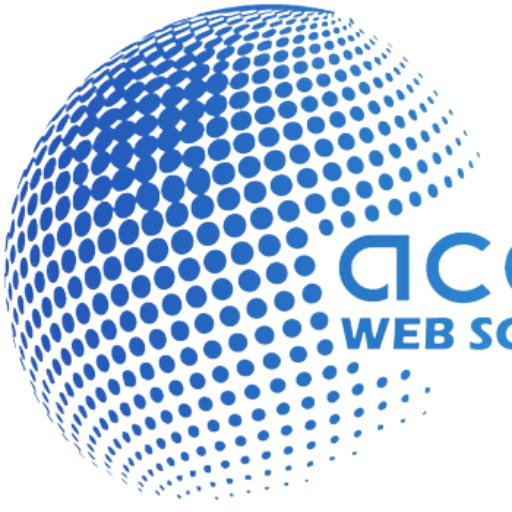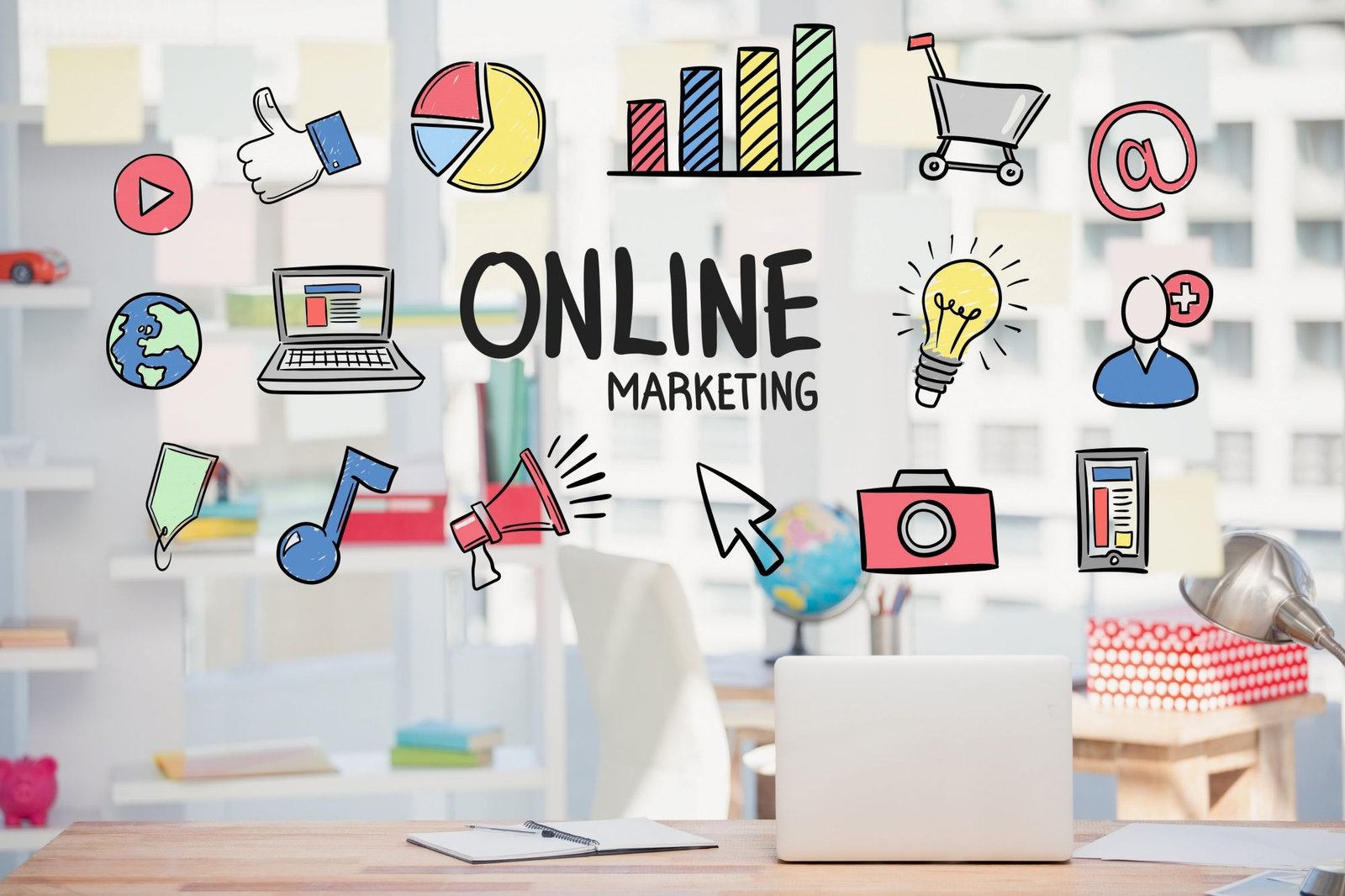TYPES OF ONLINE ADVERTISING
Marketers and advertisers increasingly use online advertisements to market their brands to existing and new customers. Online advertisements allow brands to promote their businesses to global consumers, compared to the original demographics of traditional advertisements. Understanding online advertising can help you implement it in your marketing strategy. This article explains what internet advertising is, looks at its various forms, and offers usage advice.
Colourful online platforms that may suit the requirements of a marketing strategy. What’s Online Advertising? To boost brand awareness, marketing teams may choose to include demographic filters in their ads and pay for their brand to be seen in online spaces.
Online Advertising is the art of using the internet to deliver marketing messages to an identified and intended audience. It’s helpful for attracting website traffic and brand exposure.
There are numerous types of online advertising- or internet advertising web advertising as it’s otherwise known- and it can be challenging to know where to start. To help, we’ve highlighted some of the most important types of online advertising for you to consider.
- Social Media Advertising
- Content Marketing
- Email Marketing
- SEM (Search Engine Advertising)- including PPC
- Display Advertising- including banner advertising & retargeting
- Mobile Advertising
1. Social Media Advertising
Once you have established a clear social media marketing strategy, you can consider advertising on social media platforms. Utmost social media sites allow advertisers to utilise their reach and promote their products within the platform. They also come with useful analytics tools for evaluating the return on investment. This might consist of a promoted tweet or post, a promotion of user-generated content, or an entire campaign released across multiple social channels
You might want to think about running ads on social media networks. Utmost social media sites now fluently allow advertisers to use their reach and promote their products from within the platform. They also come with useful analytics tools for evaluating the return on investment. This might consist of a promoted tweet or post, a promotion of user-generated content or even an entire campaign released across multiple social channels.
2. Content Marketing
Another excellent strategy for getting a brand and message in front of the proper audience is content marketing. Its primary focus is attracting organic website traffic by improving its SEO. Still, once you have the strategy and content, you can increase its reach and engagement by paying for the content to feature on applicable websites. Donated advertising can help to increase the ROI of content marketing- i.e. without promotion, the production costs can frequently outweigh the implicit return. Native advertising, a form of paid media, is a clever way of creating an advertisement that follows the site’s theme, i.e. it’s intentionally designed to look like the media where it appears and is sometimes referred to as an advertorial or sponsored content.
3. Email Marketing
Email Marketing should be an integral part of your online communications as it’s a meaningful way to keep in touch with your
Living customers. Similarly, consideration and investment should be on your radar. Whether you love or loathe Amazon, they’re undoubtedly one of the leaders in transferring targeted email campaigns and we can all learn a lot from them in this respect. We’ve gone into the concept of email marketing in further detail on this page.
4. Search Engine Marketing (SEM)
Search Engine Marketing is designed to increase the visibility of your website on the search engine results pages (SERP) by paying to appear on search engines, similar to Google. It isn’t to be confused with SEO (search engine optimization), which is the art of appearing as high as possible within the search engines without paying for it. SEM is often called PPC (pay-per-click) and can be used on Google Adwords or Microsoft Bing Advertisements. Cost per click (CPC) or cost per impression (CPI) are often used metrics to assess the efficacy of an investment.
5. Display Advertising
Display advertising is the practice of placing your advertisement—typically consisting of branded images, videos, graphics, or rich media content—on other websites such that, upon clicking, the user is sent to your website. It’s essential to consider the journey the user takes when they click on an advertisement, as it would be a waste of time, effort, and plutocrat to attract web traffic that doesn’t convert to business because the UX on the landing page hasn’t been adequately thought out.
One of the safest ways to advertise online is through carefully selected website placements that complement your brand positioning. It means you’ll always appear on sites you want to be on rather than sites chosen by a third-party platform. Other options include “contextual targeting,” which is an automated method of choosing relevant websites based on the required keywords, and “topic targeting,” which is the process of choosing websites based on having exactly similar content. However, this may be time-consuming. One of the most effective forms of display advertising is retargeting, or remarketing as it’s otherwise known. Unlike other banner advertisements, retargeted advertisements are served to users who have formerly visited your website or are an existing contact in your database.
6. Mobile Advertising
With so many of us spending a big part of our day using our smartphones, it’s no wonder advertisers are using mobile advertising to reach their customers. It should be noted, nevertheless, that this method of product and service marketing is becoming more and more restricted. Advertising with mobile applications, push notifications, SMS/text messaging, and MMS are a few examples of mobile-specific marketing strategies.

